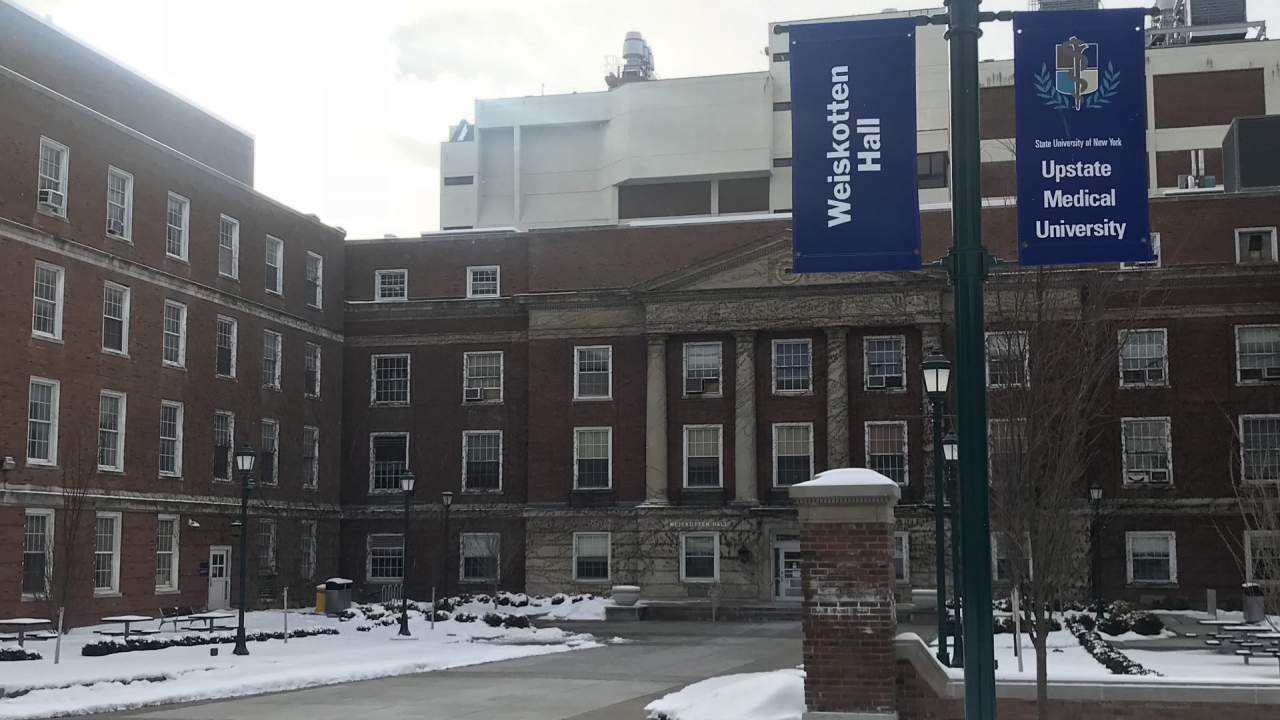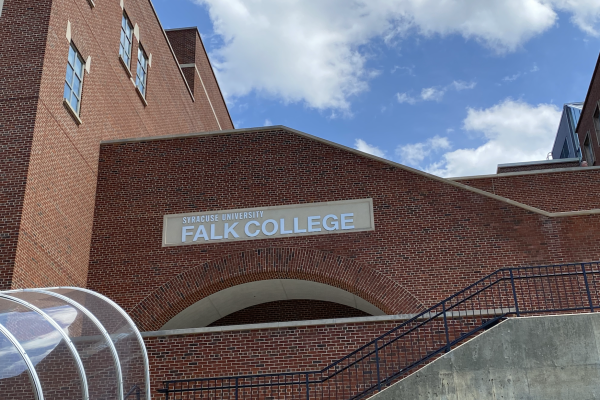
SYRACUSE, N.Y. — Doctors all over the world are still processing the news of a second patient who appears to have been cured of HIV. Researchers released the findings nearly 12 years after the case of Timothy Brown, the first person to be cured of the disease. Both Brown and the latest case, who doctors are calling the London Patient, underwent a bone marrow transplant. However, Upstate New York doctors aren’t fully on board with that form of treatment.
Dr. William Kerr, a professor of Biochemistry and Psychology Research at Upstate Medical University, explained how the procedure essentially gives the patient a new immune system. While this may be good in theory, he said there simply weren’t enough donors with the genetic criteria to help a HIV patient.
“Finding those matched donors, donors that are delta CCR5 32, is sort of like finding a needle in a haystack.”
Delta CCR5 might sound like the name of a spaceship. It’s actually a mutated allele in the body.
“In people of Northern European descent, approximately one in ten people have a mutation for this allele called CCR5,” Kerr said. “It’s a receptor that HIV uses to get into T cells and myeloid cells and propagate an infection.”
Kerr said that a bone marrow transplant can also be very dangerous for the patient, something that Dr. Elizabeth Asiago-Reddy, the Medical Director of Immune Health Services and the Onondaga Country STD Center, agrees with.
“During the time when the immune system has been wiped out by chemotherapy to eliminate the person with cancer’s natural immune system, those individuals become very vulnerable to all different kinds of infections and bacteria,” Reddy said. “As they wait for their donated immune system to kick into gear…those patients are extremely immune compromised.”
In terms of where Reddy sees HIV treatment going in the future, she believes current tests aren’t too far off.
“Some sort of gene therapy, or immune therapy, is what we would potentially need to actually affect a cure,” Reddy said. “There are some studies that have looked at gene editing, trying to replace patient’s native white blood cells with mutant blood cells.”
In fact, there is already a gene editing technology being tested called Crispr. According to the US National Library of Medicine, the Crispr system can splice specific DNA sequence in a patient, reprogram the genes, and reinsert them into the patient. Kerr said this might be the best way to treat HIV.
“The gene editing would be taking the patient’s own stem cells and making immune cells identical to their body, that recognize their body as self… If we had an efficient way to do that, which is what Crispr and gene editing potentially offers, that could be a big breakthrough.”
While there is still a long way to go before HIV is sustainable cured, Reddy said the London Patient is a beacon of hope.
“There’s something to be said for that feeling of hope, that ‘hey, this is potentially feasible’.”




